

In Lead climbing a new time limit, reducing the maximum time from 8 to 6 minutes was introduced only a few months before the season started. Needless to say, this change provides a big challenge for both route setters and climbers. After only three competitions, it's too early to draw any definite conclusions, but here are my impressions so far.
As always when it comes to changes, not everyone was overly excited and embraced this with open arms.
For the six minute rule to work - and by "work" I mean it normally shouldn't come into play - the routes must be set accordingly in order for them to be natural to climb within the time limit. If there are rests on a route you're trying to onsight, it would be quite unnatural not to use them, right?
It doesn't feel right when the climbers constantly have to glance down at the clock to see whether they have to speed up if they want to be able to reach the top before the time runs out.
This should mean the trend of increasingly more bouldery routes with harder and more dynamic climbing, as opposed to the pure endurance tests from a few years back, is likely to continue.
If the holds and positions don't allow resting, you're going to have to climb fast to get as high as possible before you run out of power, and with fast climbing you'll get quite far in six minutes. This is harder than it sounds since it must be possible to clip from a relatively stable position, and this more or less constitutes a rest.
In the men's final at the European Championships in Campitello in particular, it became quite obvious that the route was either too long or that the holds were too good, depending on how you want to look at it, which resulted in time becoming the deciding factor for who ended up on the podium.
Even those who - unlike Domen Skofic - didn't time out had to rush their climbing considerably during the last few seconds.
Domen ended up in 5th spot after timing out and was very critical, and although you could argue a professional climber should be able to handle a situation like this, it would be wrong to say he doesn't have a point.
'All of you who watched the European Championship last night know what happened in the men's finals. I would like to say that the main point of lead climbing is who comes the highest. At least that's how it was when I started climbing and if this is boring for the audience to watch then IFSC should just end the lead discipline instead of making more and more time limitations. I feel like I don't have the time to enjoy the routes I get on in comps anymore.
In my heart I know I made the high point yesterday even though I gave up because the judge was calling me down. I was the only victim of the new rule yesterday and my complaining might seem funny to many but you don't know how that feels until you're in that same spot. The feeling when you know you lost the title of the European Champion exceeding the time limit for just 5 seconds.'
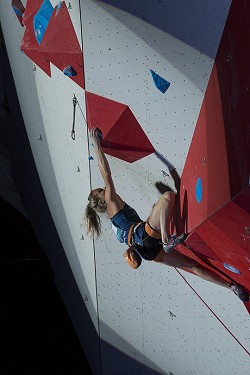
I also think the IFSC should have given the climbers and route setters more time to adapt and that it would have been better to introduce the rule next year instead.
Enter the boulderers
As most of you probably know, everyone will have to compete in all three disciplines at the Olympic Games in Tokyo 2020, Lead, Bouldering and Speed.
One result of this is that we're beginning to see Bouldering specialists entering Lead competitions, and both boulderers and Lead climbers in the Speed events. Some of the French boulderers have climbed the 15m speed route as fast as around 6,6 seconds, which is very respectable indeed! What they can do in terms of Lead climbing is yet to be seen, but I suspect they aren't entirely useless at that either...
At Campitello, Jan Hojer and Jernej Kruder made it to the semi final, at Villars Hojer was 4th(!), Kokoro Fujii 12th and Aleksei Rubtsov 17th (after no lead training whatsoever this season) and in Chamonix Fujii was 9th and Hojer 11th.
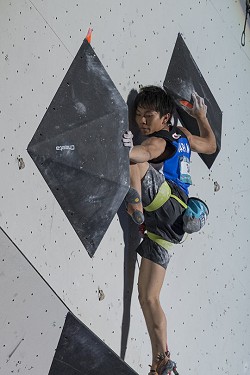
I asked him about the rule and he half-jokingly replied that for him time wasn't an issue as he only has endurance enough for two and a half minutes or so, but that he still thought three minutes could be OK to make it fair for the others.
On the female side it's more difficult to see a trend as it hasn't been that unusual to place well in both disciplines (Garnbret, Pilz, Noguchi, Kim etc).
Another thing that has been obvious when comparing the first three competitions this season is how the difficulty has varied. Again, the main problems have been with the male routes.
As one climber put it:
'Campitello was super hard, Villars was medium and Chamonix way too easy with both qualifying routes weighing in at around 8a+.'
I'm sorry to say this as I understand how hard it must be to find the exact right level of difficulty, but the men's routes at both Villars and Chamonix left a lot to ask.
At Villars the semi final was very strange as 14 climbers (2-15) fell in more or less the exact same spot (33 - 34+), but ok, this kind of thing can easily happen when, for example, conditions changes between setting and competition. In this case I suspect the sun was the problem.
In Chamonix the problems were even bigger:
The qualification routes were too easy resulting in a total of 69 tops. 22 climbers topped both routes.
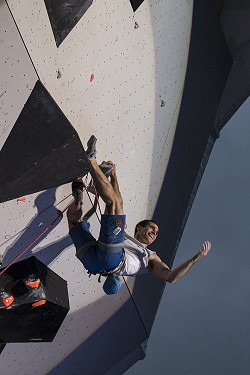
Quite soon it became apparent that the final route was also too easy and in the end this resulted in time having to be used to separate Marcello Bombardi and Keiichiro Korenaga after the top four climbers topped the final route.
On the other hand competing is also about seizing the opportunity when it arises and that's exactly what Marcello Bombardi did. It takes a strong head to be able to do this in one's first ever World Cup final!
In the female competition the routes were definitely better in terms of difficulty, although the final route turned out to be too easy as the top three, Janja Garnbret, Kim Jain and Anak Verhoeven didn't appear to have any problems reaching the top.
On the bright side, the season has already given us many new names to watch out for:
Marcello Bombardi (23), ITA, 1st - Chamonix, 7th - Campitello
Yuki Hada(20), JAP, 5th in Villars, 3rd - Chamonix with ony one previous final.
Fedir Samoilov (20), UKR, 3rd in his first ever final in Villars, 9th - Campitello
Tina Johnsen Hafsaas (23), NOR, 4th in her first ever final, Chamonix
Hannes Puman (19), SWE, 4th - Campitello, 9th - Villars, 12th - Chamonix
Laura Rogora (16), ITA, 6th - Campitello, 6th - Villars
Mia Krampl (16), SLO, 7th in her first ever final - Chamonix
Ievgenia Kazbekova (20), UKR, 8th in her first ever final - Chamonix, 11th - Villars
Yuval Shemla (18), ISR, 8th in his first ever final - Chamonix, 13th - Campitello



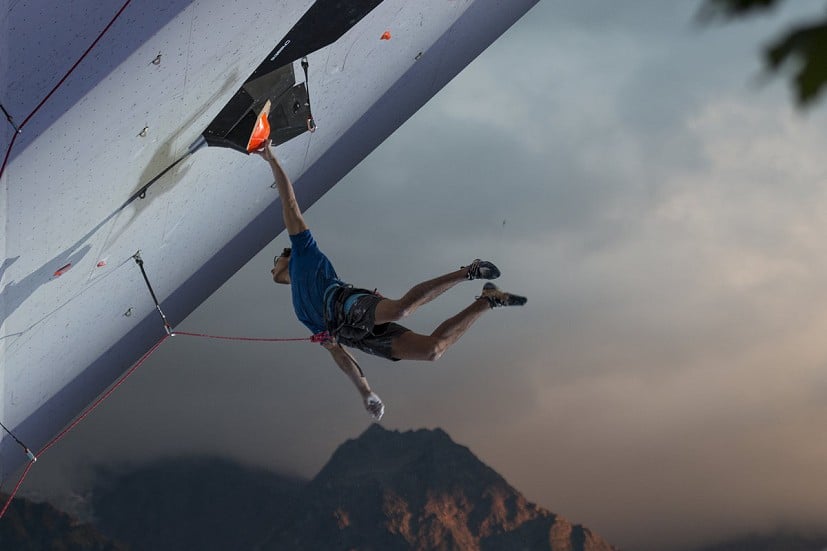
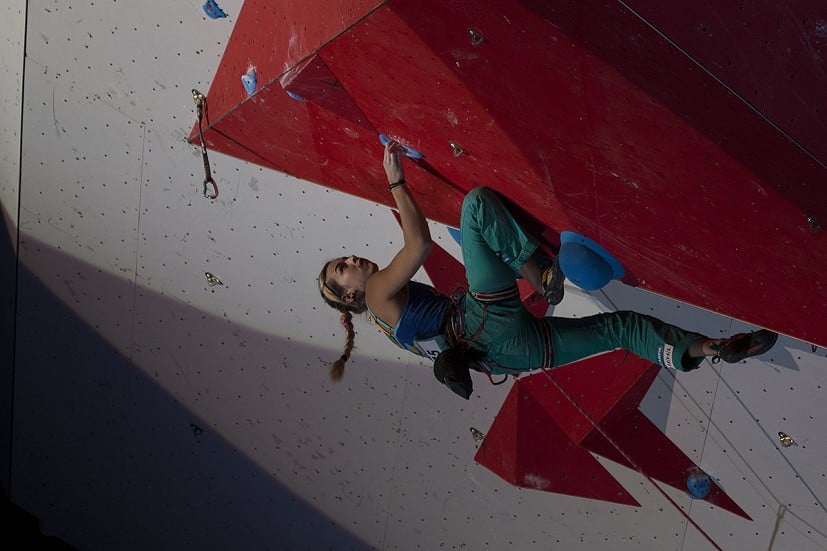
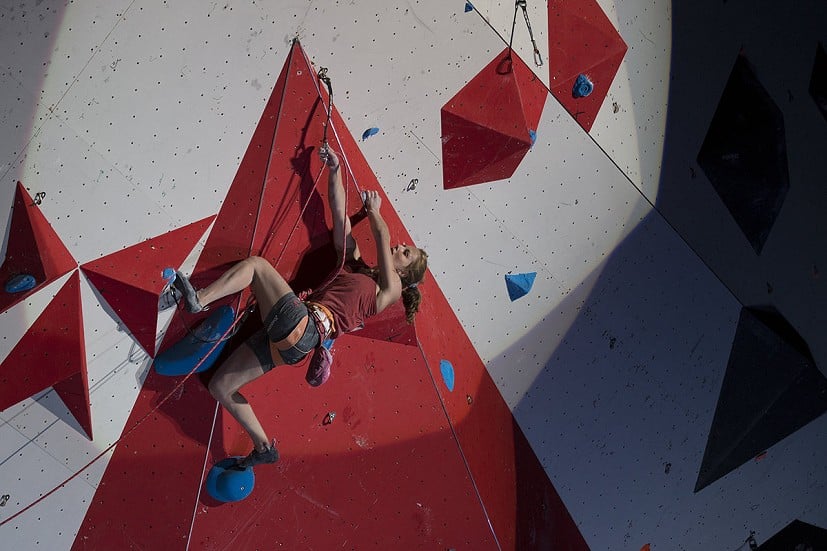
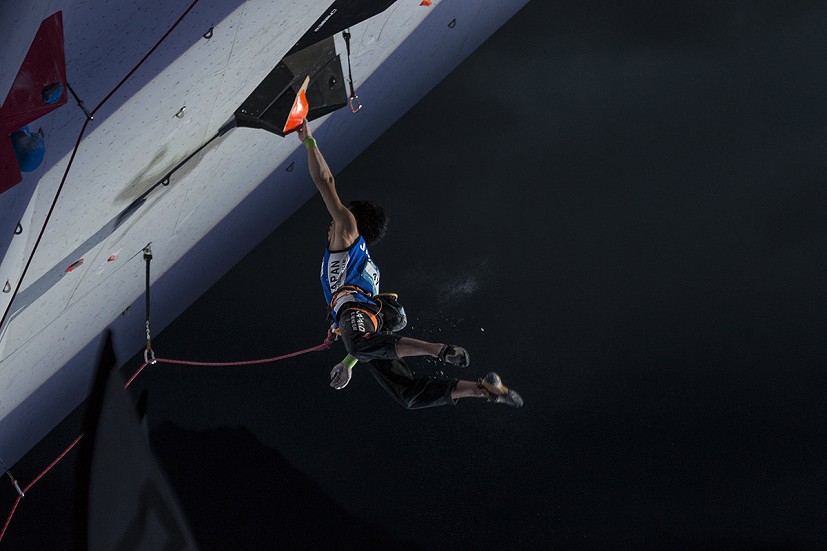
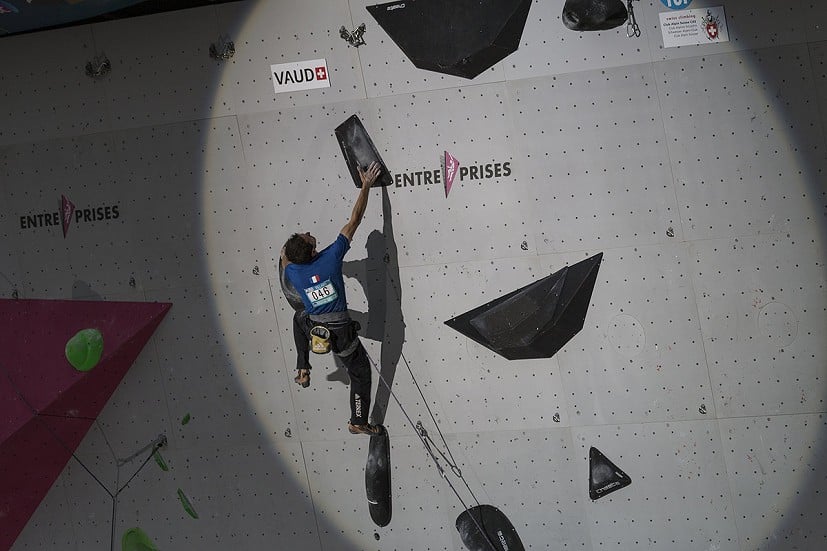


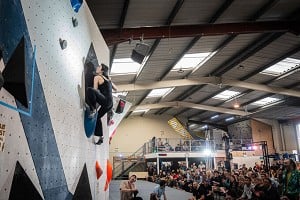
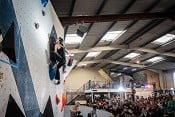


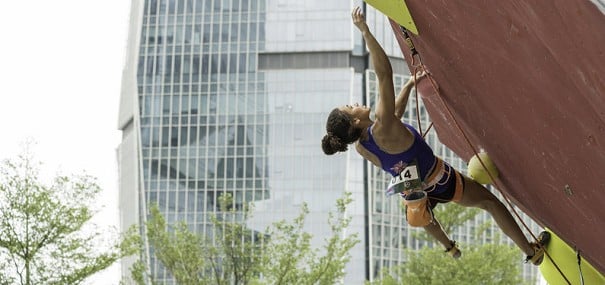
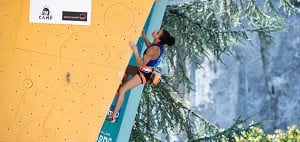

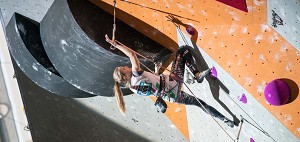

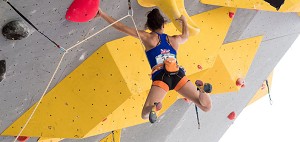

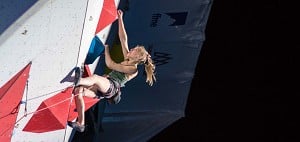

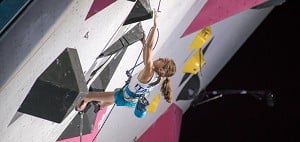

Comments